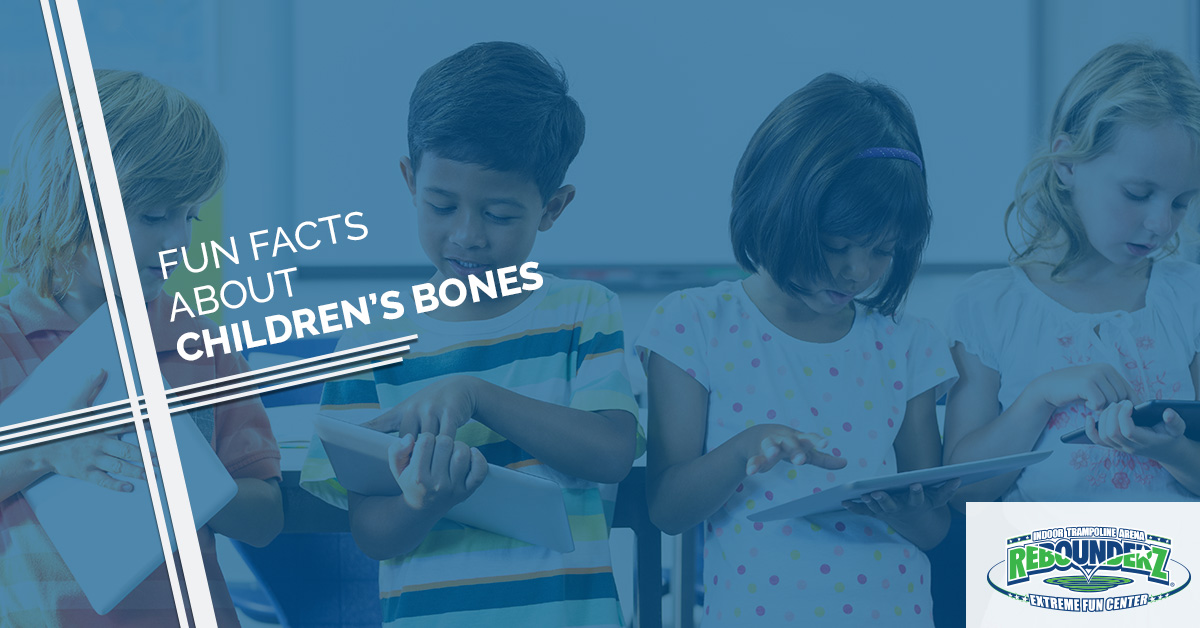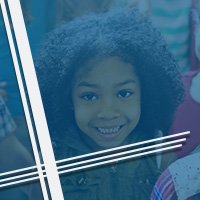ENJOY FREE ADMISSION EVERY DAY WHEN YOU PURCHASE A REBOUNDERZ MEMBERSHIP!

Call Us Now: (833) 832-1255
ENJOY FREE ADMISSION EVERY DAY WHEN YOU PURCHASE A REBOUNDERZ MEMBERSHIP!

Call Us Now: (833) 832-1255
 Halloween invites skeletons to decorate lawns. These creepy Halloween decorations are fun to position and create displays with, but can also be used to teach children about the human body. Many adults don’t think twice about teaching children about the body by using adult skeletons, but did you know that children’s bones are very different? Join us in this skeleton-inspired post featuring some fun facts about children’s bones.
Halloween invites skeletons to decorate lawns. These creepy Halloween decorations are fun to position and create displays with, but can also be used to teach children about the human body. Many adults don’t think twice about teaching children about the body by using adult skeletons, but did you know that children’s bones are very different? Join us in this skeleton-inspired post featuring some fun facts about children’s bones.
At birth, babies have nearly 300 bones! While this may not seem super impressive, the human adult only have 206 bones. That means in the span of 20 years — when bones reach maturity — that we lose nearly 80 bones! How does this happen? Well, when we are born, our bodies are prepared for growth and development. Many bones that have yet to grow to full capacity have not yet fused. By the time we learn to walk, the count has reduced to about 270 bones, and we don’t develop kneecaps until around age three.
 Bones need a variety of things to develop correctly.
Bones need a variety of things to develop correctly.Bones need so many things to develop correctly. Calcium is a critical nutrient that contributes to the healthy growth of bones. Additionally, bones need exercise to help repair and grow. Bones house bone marrow which is responsible for red blood cell production. It also helps produce bone marrow, which is important to supporting the body’s immune system.
To allow children’s bodies to grow and absorb the burden of trips and falls that are a normal part of childhood, the body’s bones are quite spongy and flexible for the first few years. For this reason, greenstick fractures — those that break one side of the bone and only bend the other half — are common. The most common bone break in children involves the clavicle because the long bones of the child’s body are softer than adults’ bones.
The amazing thing about the human skeleton is that there are little rules when it comes to shape and size. The smallest bone in the body is the stapes in the ear. The largest bone is the femur, or the long bone of the thigh. The hyoid bone is a horseshoe bone underneath the tongue in the jaw and is the only bone that is not attached to other bones.
Trampolines, and other low-impact exercise, helps to develop and support bones. When you engage in impact sports and exercise, it helps stimulate bone strengthening and marrow development. So, low impact sports such as trampoline bouncing and swimming can actually help ward off bone disorders, including cancers, and breaks.

At Rebounderz indoor trampoline park of Sacramento, we understand the impact that trampoline parks can have on the support and development of a child’s bones and skeletal system. Bone health can have a significant impact on the overall development of children. We can help! Bring your children to Rebounderz of Sacramento for a great bone-healthy workout, and stay for the fun!